
-
| 
-
| 
-
|
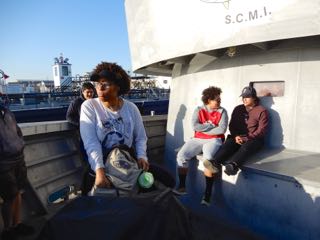
-
| 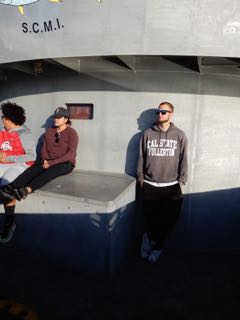
-
| 
-
|
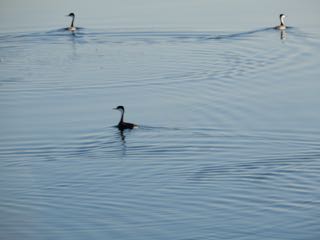
-
| 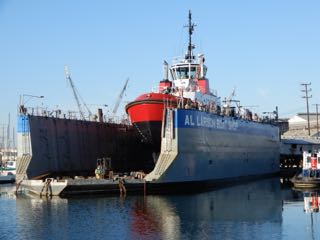
-
| 
-
|

-
| 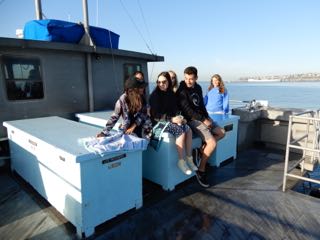
-
| 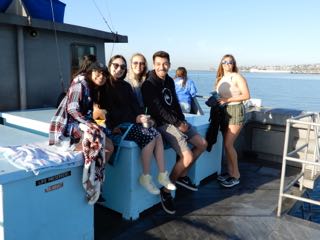
-
|

-
| 
-
| 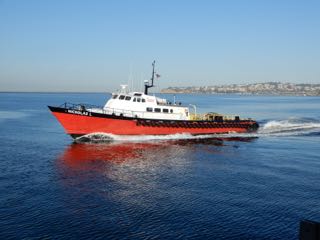
-
|

-
| 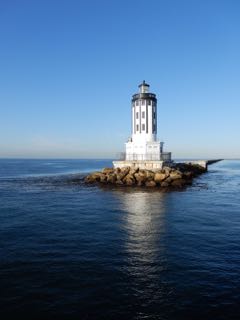
-
| 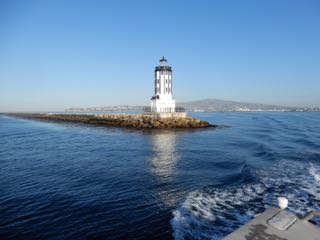
-
|
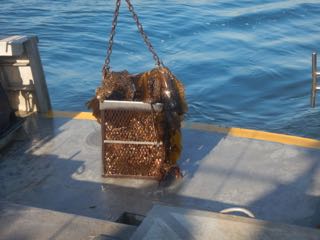
-
| 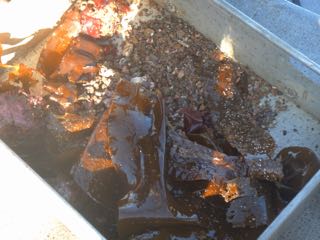
-
| 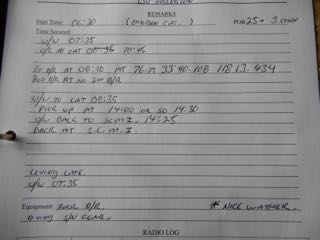
Our single rock dredge was at about 23m depth in the rock pile by the red buoy, outside of the
harbor off San Pedro on the way to Catalina.
|

-
| 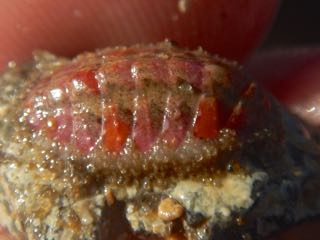
-
| 
-
|
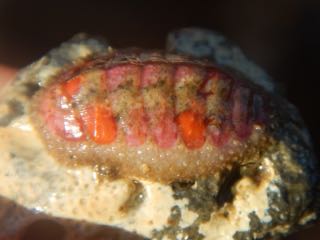
-
| 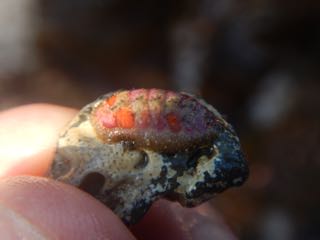
-
| 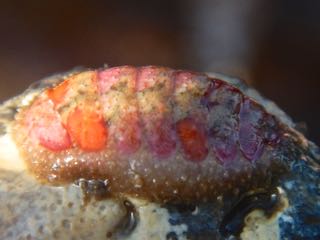
-
|
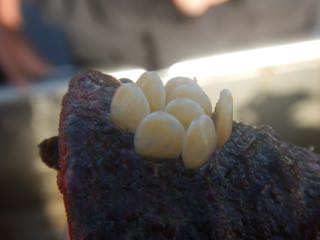
Kellet's whelk egg cases
| 
-
| 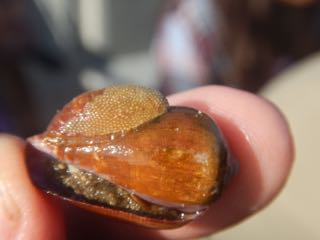
Crepidula onyx (?), shell encrusted with an unidentified bryozoan, on Californiconus californicus
|

-
| 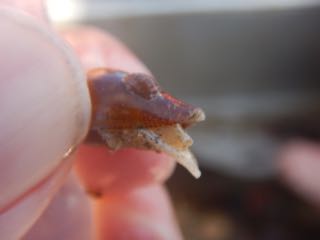
-
| 
-
|

-
| 
-
| 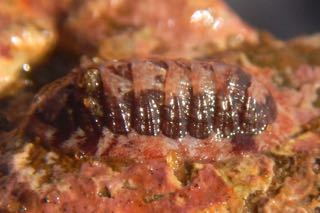
-
|
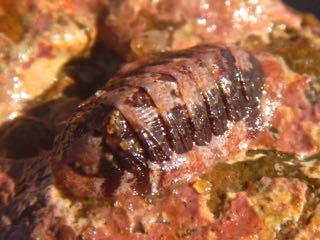
-
| 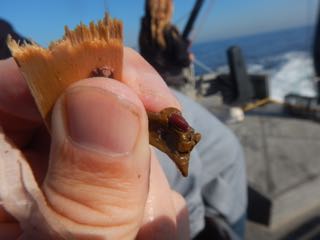
-
| 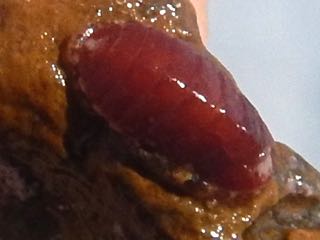
I identified this as an unusually colored and quite large Dendrochiton gothicus,
when I later looked at it under the scope, one of six of this most common chiton species seen.
|
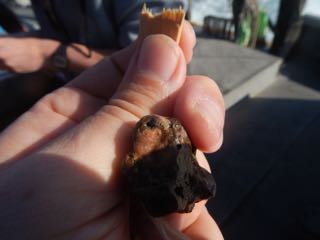
-
| 
Lepidozona scrobiculata
| 
-
|
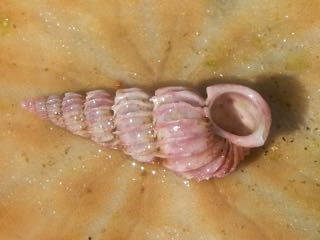
Epitonium hindsii (Carpenter, 1856), dredged from off San Pedro, 23m depth,
placed on a sand dollar here for the photographs.
| 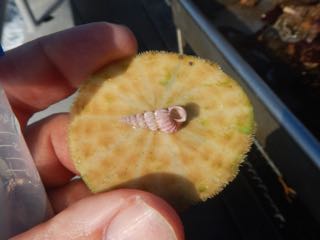
-
| 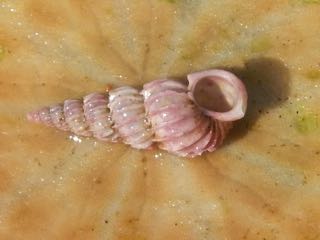
-
|

-
| 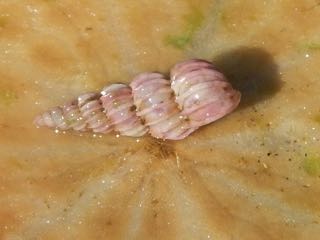
-
| 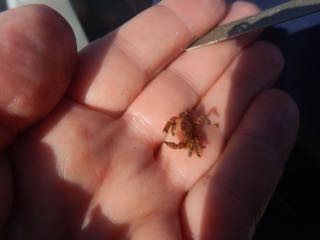
-
|

lumpy rubble crab (Paraxanthias taylori)
| 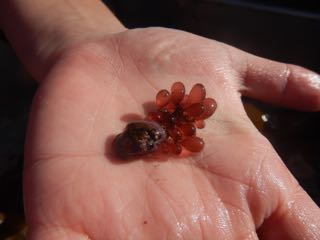
-
| 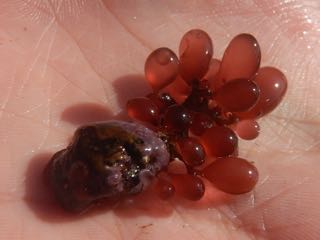
sea grapes (Botryocladia pseudodichotoma) - thanks to Dr. Jay Smith for confirming identification
|

The solitary tunicate is Boltenia villosa (spiny-headed tunicate).
| 
The broadband hermit (Phimochirus californiensis) is reported to range from Santa Catalina island, CA, to the Galápagos Islands, but according to Greg Jensen,
in his 2014 book, it is especially common in the islands off Southern California. Here it was in a festive murex (Pteropurpura festiva) shell.
| 
-
|
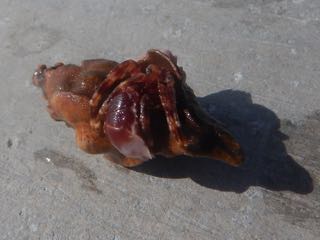
-
| 
-
| 
-
|
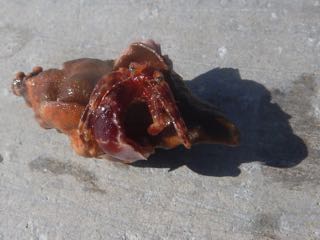
-
| 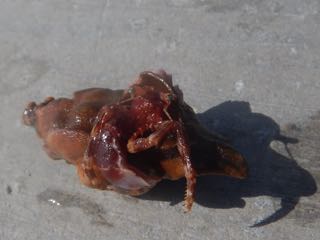
-
| 
-
|
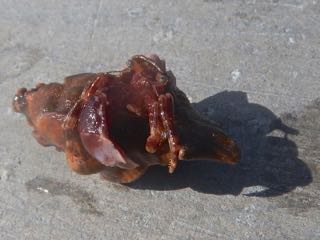
-
| 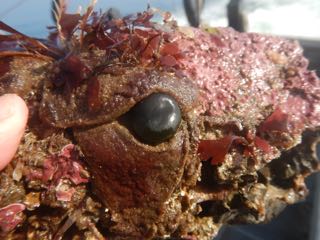
tentative: Codium hubbsii
| 
-
|

-
| 
-
| 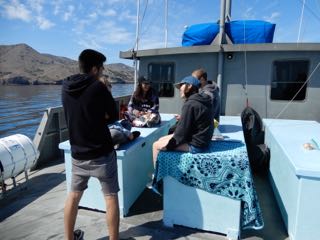
-
|

-
| 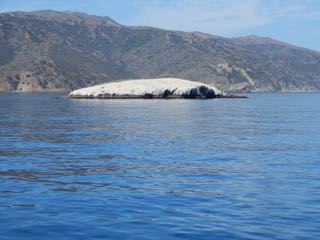
-
| 
-
|
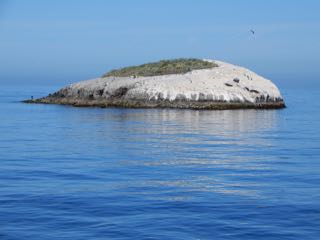
-
| 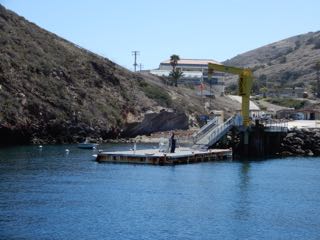
-
| 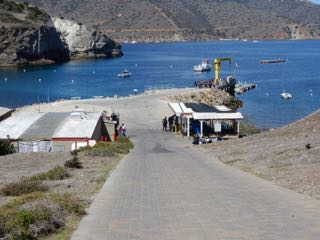
-
|
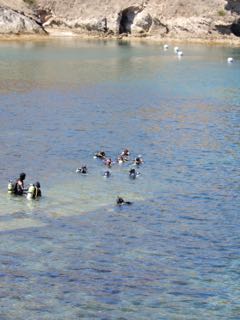
-
| 
-
| 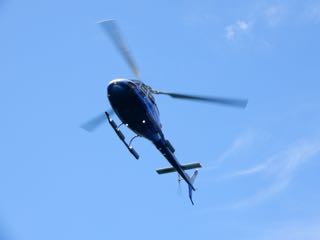
-
|
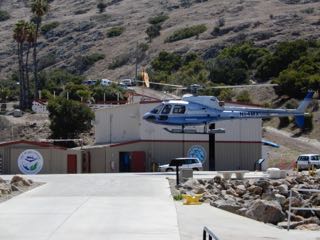
-
| 
-
| 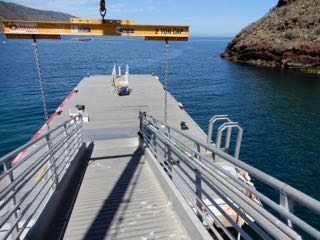
-
|
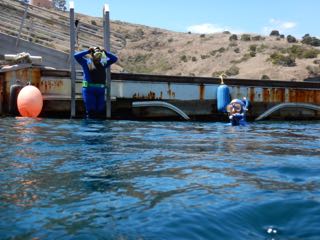
-
| 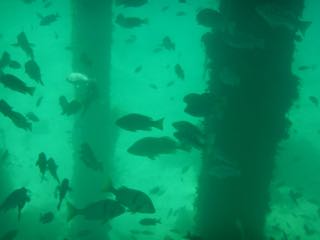
-
| 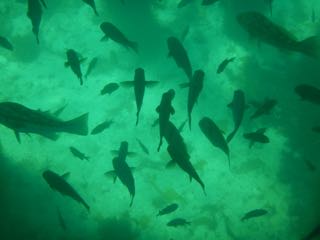
-
|
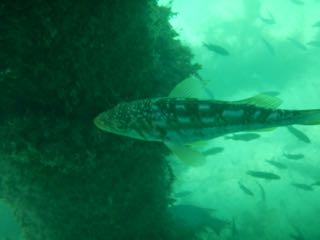
-
| 
-
| 
-
|
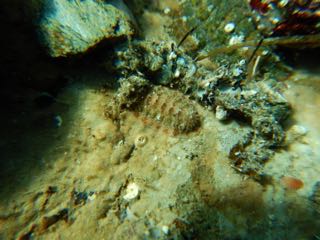
-
| 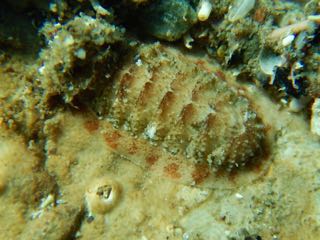
Callistochiton palmulatus, under a rock snorkeling in shallow water on Catalina -- also the second most common chiton species we found in a 23m dredge off San Pedro earlier in the day.
| 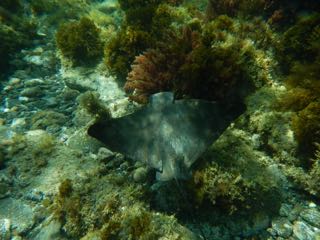
-
|

a small batray, swimming over the tropical/warm-temperate red alga,
Asparagopsis taxiformis. This red alga has long been common on Catalina Island, but seemed to be especially thriving this year.
According to Channel Islands biology expert, Dr. Dan Richards, if you look closely you can see some small pink balls growing epiphyticly in back on another alga,
which is the tetrasporic phase of the same.
These two life history stages are so different appearing, they were first given different species names. - source:
Wikipedia
| 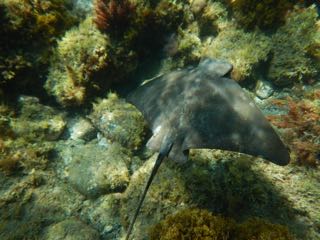
-
| 
-
|

-
| 
-
| 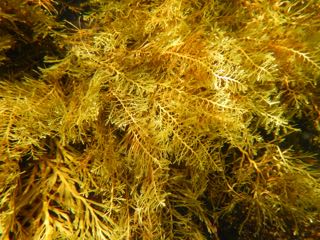
-
|

-
| 
Not as obvious in this image as the single garibaldi damselfish (Hypsypops rubicundus) are the
hundreds of opaleye (Girella nigricans) in a school. Click the link and zoom in to see better.
| 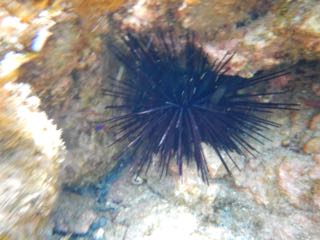
-
|

-
| 
-
| 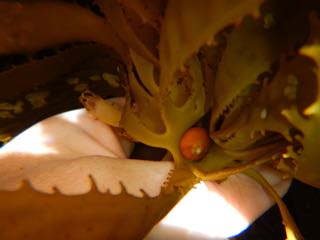
-
|
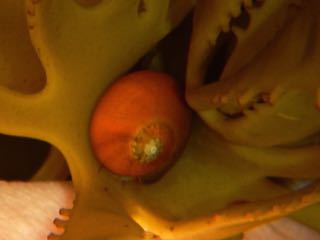
A juvenile Norrisia norrisii (Norris's top snail), which were
common on Eisenia arborea (southern sea palm). My underwater Nikon Coolpix AW130
stopped working just after this image, and right before I swam under a ledge to find a very large giant sea bass, just hanging out.
You will have to take my word for it.
| 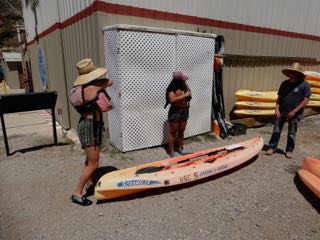
-
| 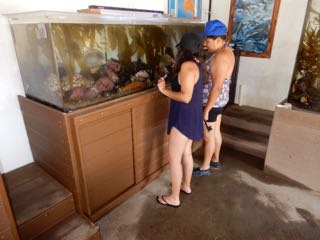
-
|

-
| 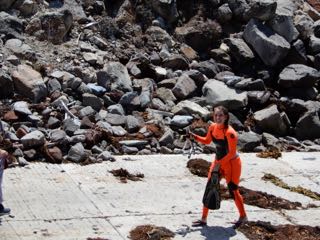
-
| 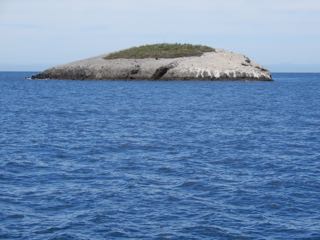
-
|

-
| 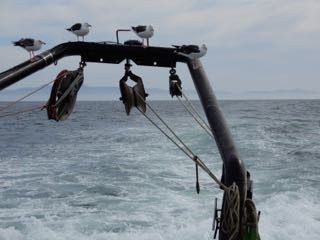
-
| 
-
|
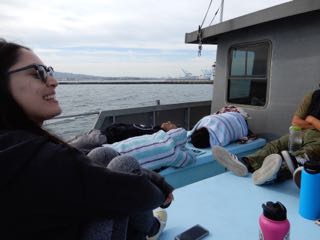
-
| 
-
| 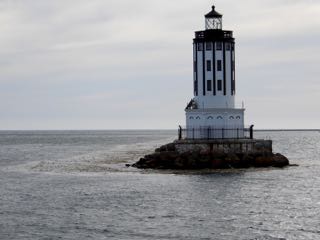
-
|
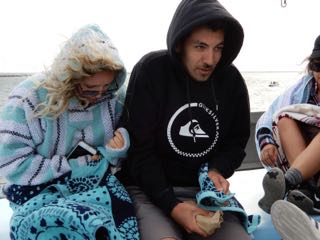
-
| 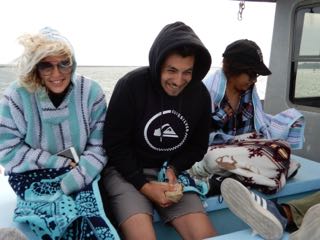
-
| 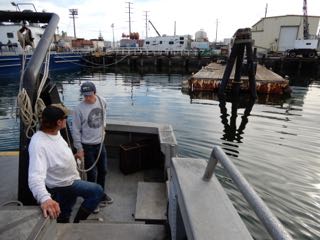
-
|
 Under Construction!
Under Construction! Under Construction!
Under Construction!